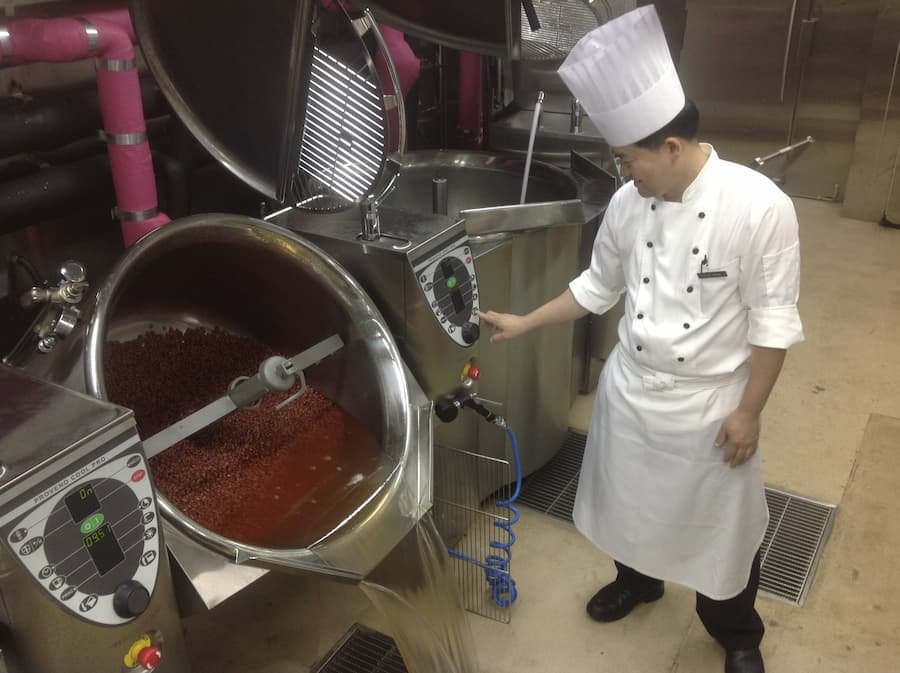Creating restaurant-quality meals at home is a delightful challenge that combines art and science in the kitchen. While dining out offers the convenience of not cooking, making your own meals allows for personalization and can significantly cut down on costs. More importantly, it offers the satisfaction of crafting something delicious and tailored exactly to your tastes.
This guide outlines several key tips that can help elevate your home cooking to rival that of your favorite restaurant. From mastering basic recipes to refining presentation skills, these suggestions will enhance your culinary experience, turning everyday meals into gourmet experiences.
So, without further ado, let’s have a look at simple tips to make restaurant-quality food at home:
Table of Contents
1. Mastering Classic Recipes
A solid foundation in classic recipes is essential for any home cook aiming to recreate restaurant-quality dishes. These time-tested recipes have been perfected in professional kitchens around the world and provide a reliable basis for exploring more complex flavors and techniques. By mastering these key dishes and sauces, you not only improve your cooking skills but also ensure that you have a repertoire of impressive meals at your fingertips, ready to impress any guest.
One such staple is a good nacho cheese sauce, which can transform simple dishes into something special. While the full nacho cheese sauce recipe might be simple, getting it just right—smooth and flavorful—can make all the difference. This sauce can be used as a delicious dip for chips, a topping for homemade tacos, or even a gourmet addition to burgers. Mastering such versatile recipes allows you to add a professional touch to a variety of dishes, showcasing your culinary prowess.
2. Use High-Quality Ingredients
The quality of ingredients plays a pivotal role in the outcome of any dish. Top chefs around the world emphasize the importance of using the finest ingredients available for the best results. Fresh, high-quality ingredients not only carry better nutritional profiles but also provide superior flavor and texture to your cooking, closely mimicking the quality found in professional kitchens.
When shopping for ingredients, focus on freshness and quality. Opt for organic produce where it matters most, like with leafy greens and fruits where you eat the skin. Visit local farmers’ markets to get the freshest options and support local agriculture. Pay attention to the seasonality of ingredients as well; foods in season are at their peak flavor and are often more affordable. By selecting the best ingredients, you ensure that every dish you prepare is not only delicious but also visually appealing and healthy.
3. Proper Cooking Techniques
Understanding and applying proper cooking techniques can greatly enhance the flavors and textures in your dishes, bringing them closer to restaurant quality. Techniques such as searing meats to achieve a caramelized crust or roasting vegetables to bring out their natural sweetness are fundamental in professional cooking. Learning these methods allows you to build complex layers of flavor in your kitchen.
To start, focus on mastering a few techniques at a time. For instance, practice searing meat at a high temperature to understand how it locks in flavors. Experiment with slow roasting or braising to learn how gentle, prolonged heat can tenderize and enrich the flavor profile of tougher cuts of meat. These cooking methods not only improve the taste of your dishes but also enhance your overall cooking skills, giving you the confidence to tackle more advanced recipes and techniques.
4. Presentation Matters
The presentation of your dishes can profoundly impact the dining experience. Just as visual appeal is critical in a restaurant setting, the way you plate and present food at home can elevate a simple meal to something spectacular. Taking a little extra time to arrange your dishes thoughtfully can mimic the high standard set in restaurants and enhance the enjoyment of the meal.
Start with basic plating techniques such as using a clean plate, placing the main component of the dish off-center, and thoughtfully positioning sides to create balance and interest. Utilize garnishes not just for color but also to complement the dish’s flavor. For example, a sprinkle of fresh herbs can add a pop of color and a burst of freshness. By improving how you present your meals, you turn everyday dining into a special occasion, much like a fine dining experience.
5. Experiment with Global Flavors
Exploring global cuisines can add an exciting variety to your home cooking, introducing new ingredients and cooking methods that can transform your dining experience. Each cuisine offers unique flavors and techniques, providing endless inspiration for your kitchen adventures. Whether it’s incorporating the bold spices of Indian cooking or the subtle balances found in Japanese dishes, each new cuisine can bring a wealth of ideas to your cooking.
To begin, choose one or two international dishes that intrigue you and learn about their traditional ingredients and preparation methods. Specialty grocery stores and online shops are great resources for finding authentic ingredients. Additionally, many cities offer cooking classes focused on specific cuisines, which can provide hands-on experience and deeper insight into the culinary practices of other cultures. By regularly incorporating new and diverse flavors into your meals, you keep your cooking exciting and enjoyable, continually expanding your culinary repertoire.
6. Continual Learning and Experimentation
The process of becoming proficient in cooking is continuous, with endless opportunities to learn and improve. The most accomplished chefs spend their entire careers honing their skills, experimenting with new techniques, and embracing lifelong learning. For home cooks, adopting this mindset can lead to better cooking outcomes and more satisfaction in the kitchen.
One effective way to stay engaged and continually improve is to challenge yourself with new recipes each week or month, depending on your schedule. This can be through cooking magazines, online recipe blogs, or subscription services that deliver new recipes and ingredients to your door. Additionally, watching cooking shows, following food influencers, and reading up on culinary techniques can provide new ideas and motivation. By maintaining a curious and experimental approach to cooking, you’ll not only enhance your skills but also keep the process fun and rewarding.
Conclusion
Making restaurant-quality food at home is about more than just following recipes—it’s about mastering techniques, understanding ingredients, and presenting your dishes with care. By mastering classic recipes, using high-quality ingredients, employing proper cooking techniques, focusing on presentation, experimenting with global flavors, and committing to continual learning, you can elevate your home cooking to new heights. Each meal becomes an opportunity to explore, create, and enjoy food in a way that is both personally satisfying and impressively professional.
































































































































































































































































































































































































































































































































































































































































































































































































































































































































































































































































































































































































































0